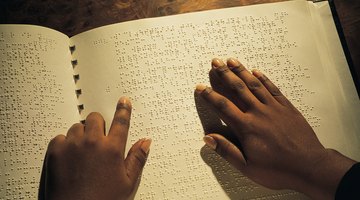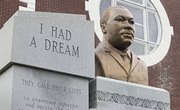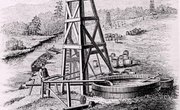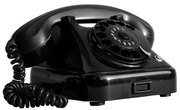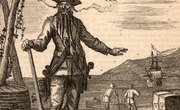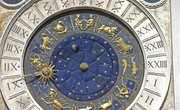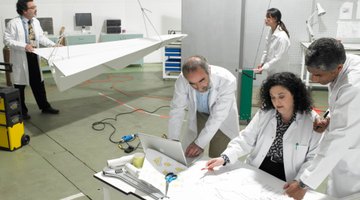
The 20th century was a period of remarkable inventions: the airplane, TV, antibiotics, personal computer and countless others. But the 19th century was when the inventive spirit took off. Many discoveries of that era led to future advances; electromagnetism, for example, made possible inventions such as the electric engine. Other early experiments were improved on to give us products that are indispensable today, such as the car and phone. In the 1820s, several important inventions greatly affected society's future.
Electric Magnet
The idea of electric magnetism began with the Danish scientist Hans Christian Oersted in 1820. He discovered the relation between electricity and magnetism. William Sturgeon, an English electrical engineer, furthered Oersted's ideas and built the first useful electric magnet in 1825. This was a horseshoe-shaped piece of iron with 16 turns of copper wire around it. The magnet weighed seven ounces; when electrically charged, it could lift nine pounds, or 20 times its weight.
Electromagnetism allowed electricity to be harnessed and used more practically. It was applied in the creation of the electric motor and generator and is found in all electrical appliances.
Portland Cement
Humans have used cement for thousands of years. Cement is the principal ingredient in concrete, used to harden the ingredients (typically gravel, stone, sand and water) together.
Portland cement is the most widely used cement. It was invented in England in 1824 by Joseph Aspdin. It is a mixture of calcium, iron, silicon and aluminum. Cement is used in almost all building projects from roads, driveways and airports to stadiums, swimming pools and tunnels. According to the Portland Cement Association, the United States used 93.6 million tons of Portland cement and sold 10 billion dollars worth of it in 2008.
Braille
Braille, the raised alphabet for the blind, was invented by Louis Braille in 1824, when he was 15 years old. An accident at age 3 left him blind, but he was determined to read and study. The books available to him at the time (all 14) were printed using raised letters of the standard alphabet; they were difficult to read, cumbersome and expensive. Braille got the idea for his "finger reading" system from the French army, which used a similar alphabet to allow soldiers to read orders in the dark. His alphabet was comprised of six dots placed in different rectangular configurations to represent different letters.
Friction Matches
Campers and survivalists may not know who John Walker was, but they are grateful for his invention: matches. Like many inventions, his "friction lights" were created accidentally. Walker, a pharmacist, discovered that strips of cardboard coated with potassium chloride and stibnite, when dried and rubbed along a rough surface, ignited. He never patented his invention but began selling his matches, commonly known as "Lucifers," from his shop in Stockton-on-Tees, England, in 1827.

